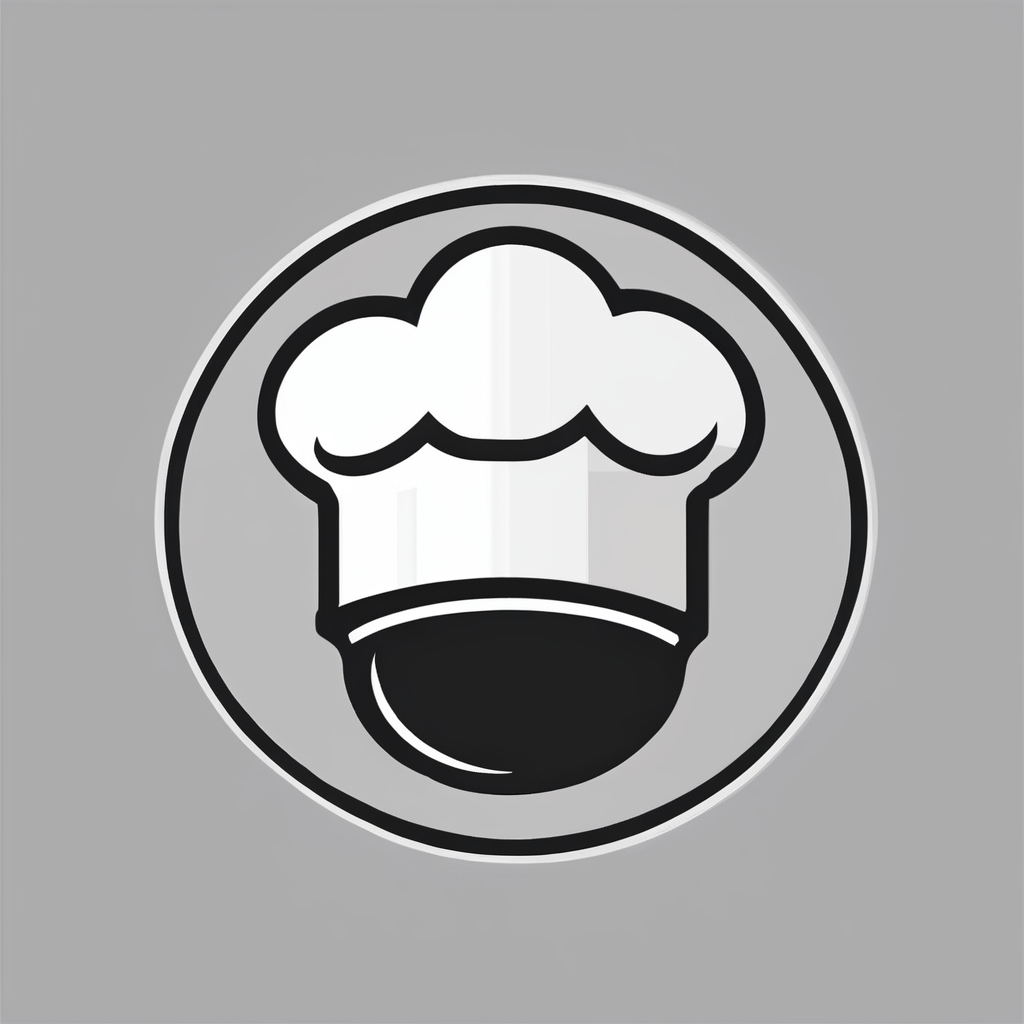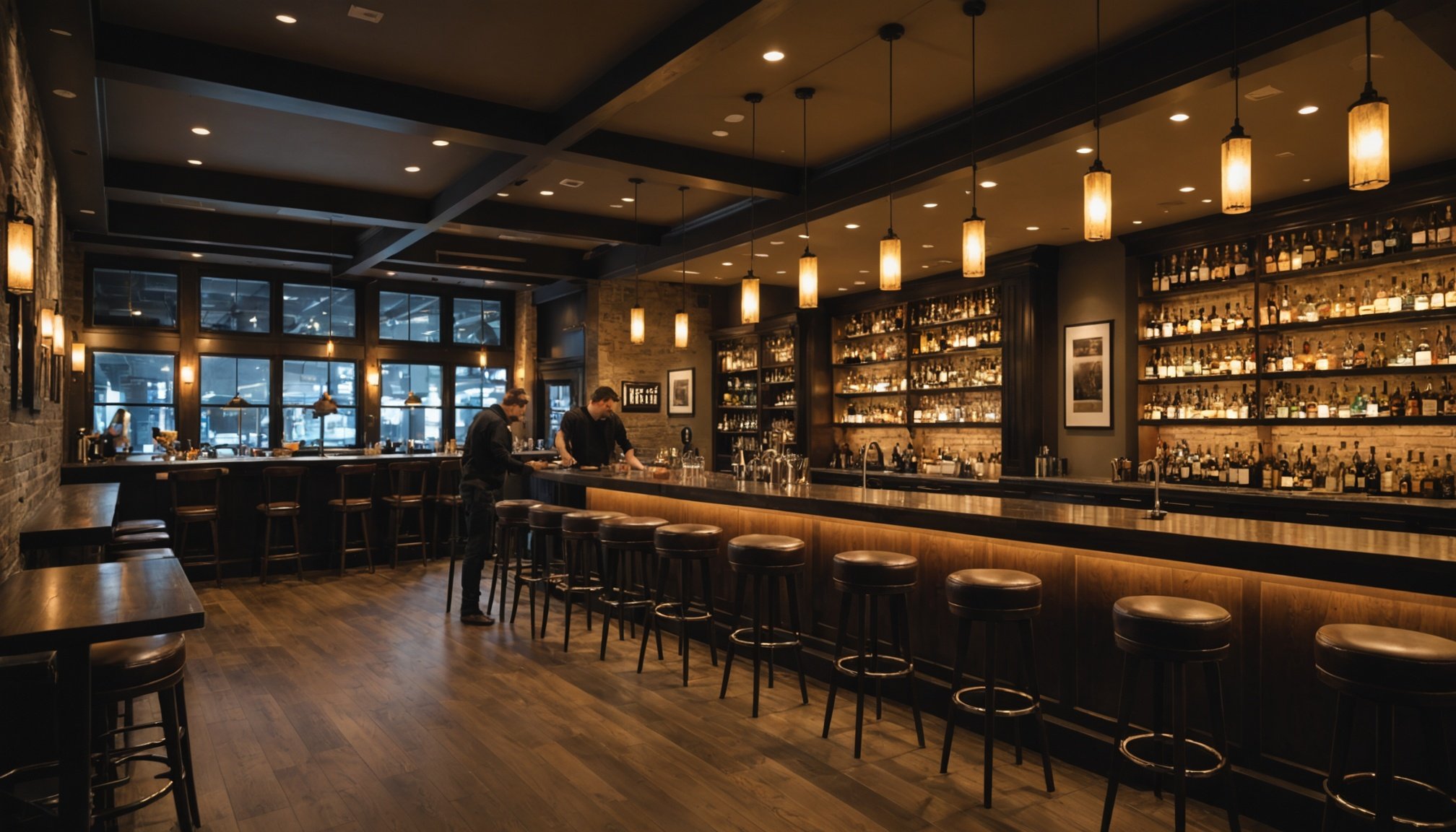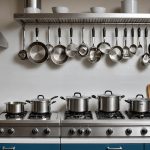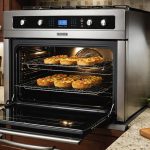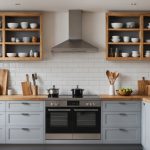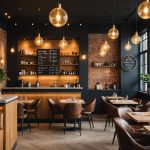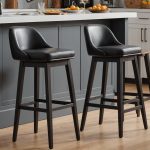Understanding the Importance of Layout Optimization
Creating a well-thought-out layout optimization for your bar isn’t just about looks—it’s crucial for enhancing customer flow and boosting your bottom line. On bustling nights, a strategic arrangement can vastly improve customer experience. Efficient layouts reduce wait times, encouraging patrons to linger and, importantly, to order more. When patrons can navigate easily, without bottlenecks or confusion, they’re more likely to have a positive experience, translating into repeat visits and word-of-mouth referrals.
Consider popular bars that boast of success stories through smart design: some employ open floor plans with clear paths to service areas, while others use inventive station setups that allow staff to manage larger crowds seamlessly. By examining these successful strategies, bar owners can glean insights into what makes a layout thrive.
Also read : Mastering the Art of Kitchen Layouts for Fusion Cuisine Restaurants: Expert Tips for Top-tier Design
To maximise efficiency, the key lies in a layout that aligns with your specific needs. Are you hosting regular events, or do you experience varying crowd sizes? Making room for customer flow adaptations ensures every inch serves a purpose. Ingenious layout optimization strategies may include movable furniture for flexibility or strategically placed amenities to speed up service. Ultimately, an efficient bar layout supports business goals, enhances patron experience, and optimizes nightly operations.
Key Strategies for Streamlining Bar Layout
An efficient bar layout hinges significantly on space utilization and smart layout strategies. Strategic event management not only enhances operational efficiency but also elevates the consumer experience overall.
In the same genre : Revamp Your Café: Creating Tranquil Vibes with Cutting-Edge Lighting and Decor Techniques
Flexible Seating Arrangements
Movable furniture presents myriad benefits. It allows for dynamic conversations zones, enhances the ambiance to suit various crowd sizes, and provides essential flexibility to reconfigure the space for diverse events. These adaptive arrangements ensure the space remains inviting and functional, regardless of the evening’s specific demands.
Designated Staff Stations
The positioning of designated staff stations plays a critical role in maintaining smooth bar flow. By strategically placing support staff in high-traffic areas, the workflow for bartenders is optimized, resulting in quicker service and reduced wait times for patrons. Strategically planned stations ensure staff efficiency and seamless operations during peak hours.
Effective Inventory Placement
Inventory placement is a crucial element in bar design, requiring thoughtful planning to support bar efficiency. By positioning essential supplies in strategic locations, frequently used items become easily accessible. This not only enhances the service speed but also optimizes space use. Vertical storage solutions further capitalize on available space, supporting a neat and efficient work environment.
Implementing these tailored layout strategies can significantly enhance the bar’s operational efficacy while promoting a superior customer experience.
Techniques for Managing Crowds Effectively
Managing crowds effectively is crucial for maintaining customer satisfaction during event nights. Implementing clear signage is a vital part of crowd management. When patrons can easily spot service areas and exits, their overall experience improves. Well-placed signs reduce confusion and help guests navigate the space effortlessly.
Utilizing barriers is another effective strategy to guide foot traffic. Barriers not only organize movement but also prevent congested sections and streamline pedestrian flow. This tactical measure enhances both safety and comfort, encouraging a positive atmosphere even during peak times.
Training staff for high-volume service is equally important. Employees trained in crowd management are better equipped to handle large groups effectively. This training includes understanding crowd behaviours and practicing efficient service techniques. By being proactive, staff can address potential issues before they arise, ensuring smoother operations.
Incorporating these methods can transform chaotic nights into smooth-running events. This, in turn, boosts your bar’s reputation and encourages repeat customers. Implementing clear signage, barriers, and trained staff acts as the backbone of successful event nights, fostering a seamless and engaging patron navigation experience. This structured strategy maximizes efficiency and supports an enjoyable environment for both staff and guests.
Real-Life Examples of Successful Bar Layouts
Exploring bar layout examples offers insights into effective successful strategies and case studies crucial for those optimizing bar environments. These examples showcase how strategic transformations can significantly improve the customer experience.
Case Study: High-Volume Event
For festivals or special events, adapting bar layouts to manage large crowds makes a substantial impact. Temporary but efficient arrangements, such as repositioning bars and using dedicated queue areas, enhanced guest navigation and minimized congestion. Key takeaways from these events include understanding the significance of high-capacity walkthroughs to contain crowds while delivering prompt service. Customers reported appreciating the organized structure and quicker service, significantly boosting their overall experience.
Case Study: Nightclub Environment
Nightclubs demand distinct layouts that accommodate vibrant atmospheres. Elements like elevated seating or dance platforms contribute to unobstructed pedestrian flow, allowing patrons to navigate effortlessly. Physical structures supporting open views and accessible bars have been noted for enhancing both enjoyment and service efficiency. Noteworthy design elements include the use of lighting and acoustic design to balance function with aesthetics, fostering a dynamic yet comfortable setting.
Case Study: Seasonal Adjustments
Adapting layouts for seasonal events allows bars to effectively utilize both indoor and outdoor spaces. Incorporating elements like patio bars during summer optimizes service areas. Seasonal menu offerings may also necessitate unique spatial arrangements to align service with them. These adjustments showcase innovative ways to cater to varied customer needs and preferences.
Visual Aids and Diagrams for Layout Planning
Incorporating layout diagrams and bar design visuals plays a pivotal role in the effective planning of bar environments. Using digital design tools enables bar managers to experiment with various layouts before implementation, allowing them to visualise space usage and customer flow dynamics. These tools offer a simulated view of the area, highlighting potential bottlenecks and overlooked spaces.
The importance of visual representation in planning cannot be overstated. It facilitates clearer communication among stakeholders and helps in aligning the project vision with operational goals. By employing software tools and sketches, planners can create space-efficient designs that cater to both aesthetics and functionality.
Examples of effective bar layout diagrams abound, showcasing successful deployments. For instance, diagrams may include flow paths for patrons, seating arrangements, and placement of amenities. These visuals aid in pinpointing how different elements interact within the space, ensuring every inch serves its intended purpose.
By employing planning tools, bar managers can anticipate room for adaptation and adjustments, thus optimizing layout implementation. Choosing the right design aids enriches the planning process, resulting in enhanced bar efficiency and a superior customer flow experience.
Conclusion: Implementing and Reviewing Your Layout
Every bar’s layout should undergo continuous review to ensure ongoing optimization. This frequent assessment allows bar managers to identify areas of improvement and implement necessary adjustments. Initiating regular layout reviews can reveal both the strengths and inefficiencies in bar operations, guiding smarter enhancements.
To optimize efficiently, gather staff and customer feedback regularly. Employees working in the space can provide valuable insights into potential bottlenecks, whereas patrons can offer perspectives on customer flow and accessibility. This feedback loop enables comprehensive evaluations, ensuring the layout aligns with both operational goals and customer satisfaction.
Adaptability is crucial. Be ready to change layouts based on real-time experiences and specific event types. For instance, during event nights, you may need differing arrangements from typical nights to handle larger crowds effectively. This adaptability ensures continued bar efficiency while addressing any challenges unique to a given event or time.
Employing layout optimization strategies informed by consistent review processes bolsters operational efficacy. Such dynamic approaches assure that bars remain responsive to evolving needs, supporting a superior customer experience. By embedding layout reviews into bar management practices, you create a framework for sustained success and adaptability.
